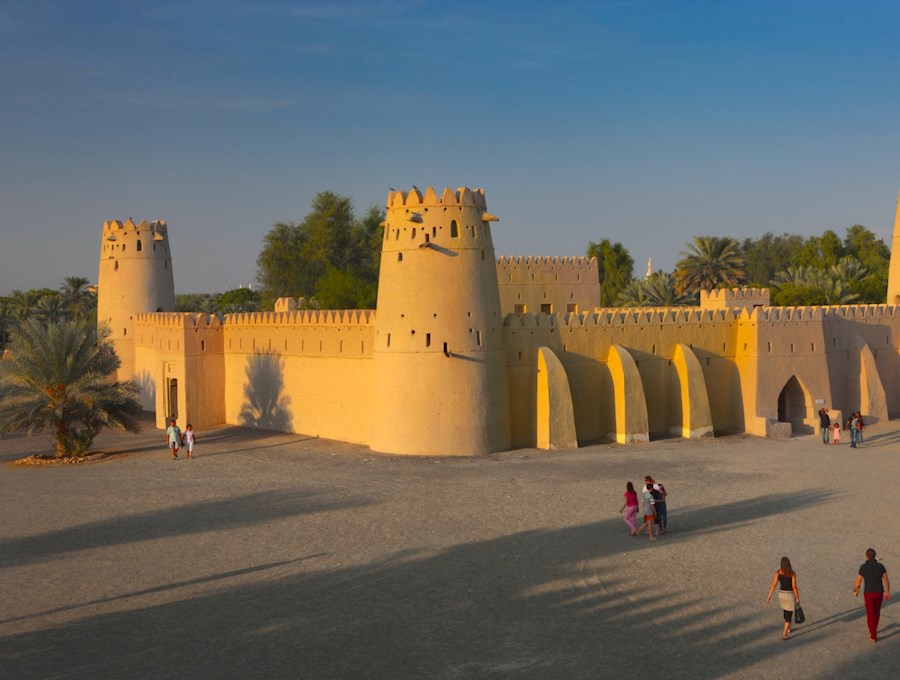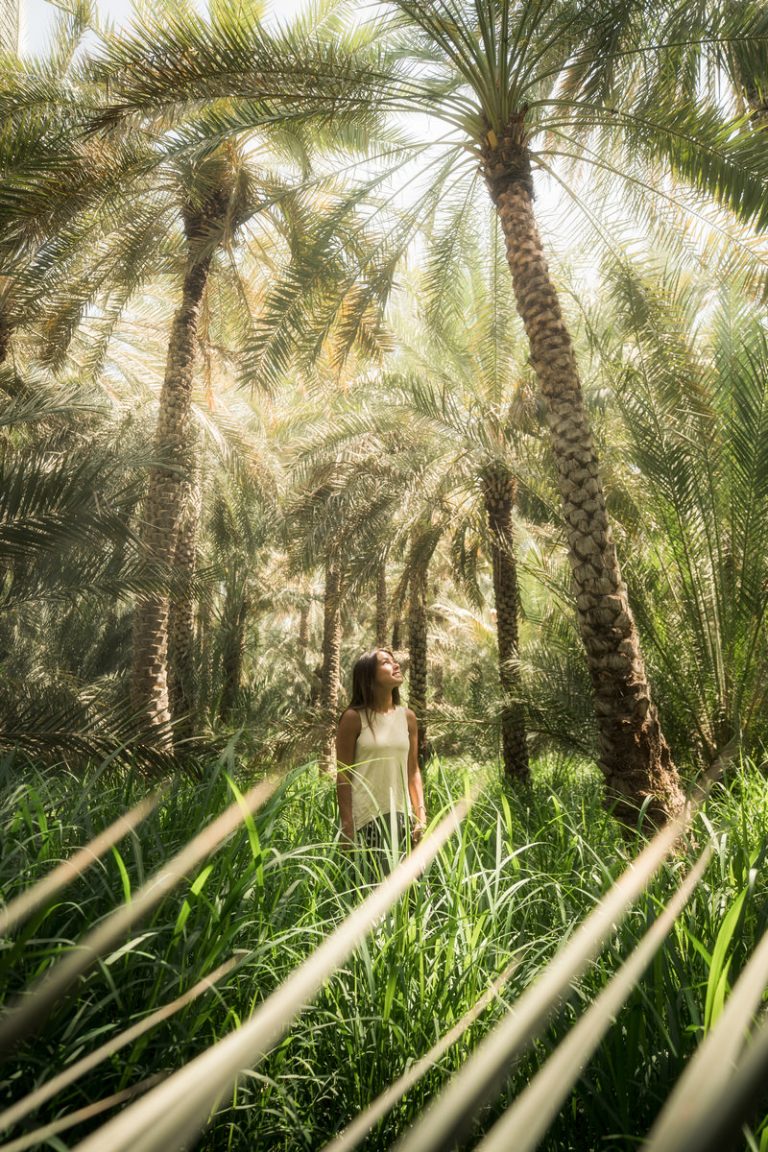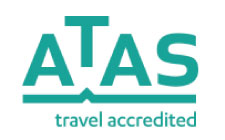One of Abu Dhabi’s main cultural destinations, and the UAE’s first world heritage site to be listed by UNESCO. Al Ain is the historical centre of Abu Dhabi,
and birthplace of the UAE’s founding father, Sheikh Zayed. The region boasts a selection of amazing forts and museums, and offers different experiences, along with
an array of active attractions.
A visit to the massive Al Jahili Fort, erected between 1891 and 1898 by Sheikh Zayed the First to defend the city and its precious palm groves. Within the soaring fortified walls is a series of circular towers and a visitor centre that houses photography by English explorer Wilfred Thesiger documenting the lives of the still largely nomadic people before oil was discovered in 1958.
Explore Al Ain Palace Museum, (Qasr al-Ain, or ‘Al Ain Palace’), is considered one of the best-reinstated forts in Abu Dhabi, and now operates as a family attraction. The museum showcases the everyday life in a ruler’s fort, when the late Sheikh Zayed bin Sultan Al Nahyan and his family resided in the palace prior to 1966, and continues to celebrate Emirati history, its links to the present and the future of the UAE.
A visit to Al Ain’s famous camel market is a great way to immerse yourself in the lives of the locals and experience traditional Emirati culture. The market is found 15 kilometres
from downtown Al Ain and is a stark contrast from the big city. As is a trip to the camel racetrack and the livestock market. The wealth of culture to be found in this formerly vital desert trading centre includes a bazaar that dates back to the 18th century. You can also discover a date palm grove with the ancient ‘falaj’ – irrigation system.
Following this, we head to Jebel Hafeet, the highest mountain in Abu Dhabi – the second highest in the UAE – and home to one of the world’s greatest road journeys. Enjoy a remarkable location that overlooks the beauty of Al Ain city. We will also visit the Hot Springs situated at the foot of the mountain to explore that healing water is found abundantly in this area. After which we head back to Abu Dhabi.





